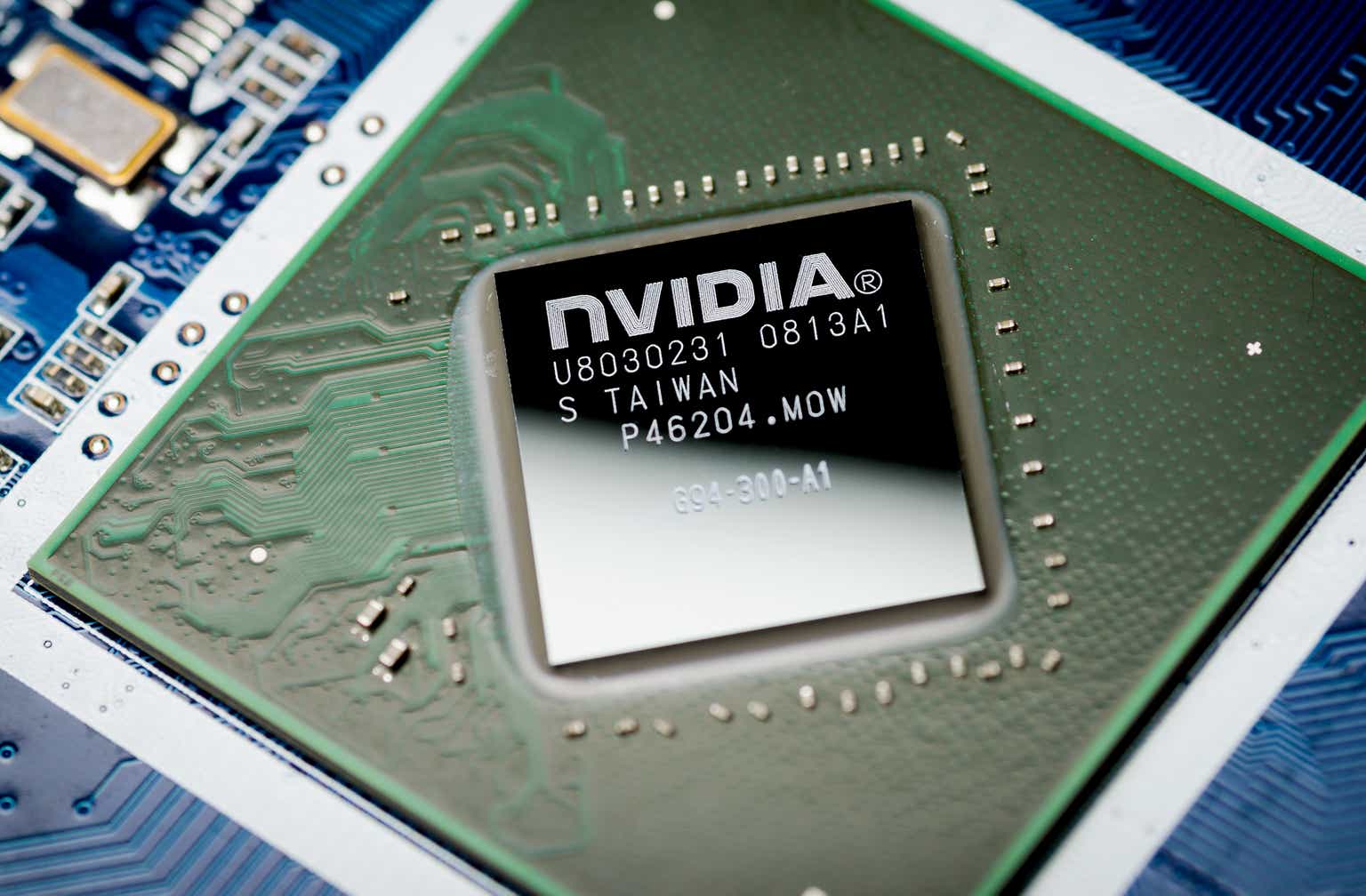Two No-Thought Retirement Savings Hacks for Building a Nest Egg

In recent weeks, several surveys have examined how Americans are trying to save for retirement. One data point that stands out is how Americans are struggling to save during a time when inflation rates are higher than average.
A survey conducted by the American Association of Retired Persons (AARP) found that 70% of Americans are worried that prices are rising faster than their incomes. Additionally, more Americans are using more debt to make ends meet and carrying higher credit card balances.
A recent Retirement Confidence Survey from the Employee Benefit Research Institute (EBRI) found that their biggest concern, with 83% concerned or very concerned, is that the rising cost of living will make it more difficult to save for retirement.
If you’re paying more to live now, how can you save money for later? It’s a huge challenge, but here are two simple yet effective retirement hacks that can help you meet the challenge.
1. Pay yourself
You have to prioritize paying for things like housing, college, daycare, utilities, food, medical care, and entertainment, or you can’t live your life. But just as you set aside money to pay for those expenses, you can make it a priority to pay yourself, even if it’s just $25 per week or $100 per month.
Make it a priority to regularly save a certain amount for retirement. This might mean giving up that cup of coffee or bagel on your way to work, getting rid of a streaming service or subscription you never use, or cutting back on other small expenses each week. It may not sound like a big deal, but if you open an IRA or invest in relatively safe investments like an exchange-traded fund that tracks the S&P 500, you’ll be surprised how much money you accumulate over time.
Consider this: If you’re 40 years old, 25 years away from retirement, and invested $100 a month in an S&P 500 ETF, you’d have about $123,000 by age 65. This is based on S&P’s historical average of 10% annualized returns. 500 and there is no initial investment. It takes discipline and patience, but if you make paying yourself a priority, you can do it without too much of a setback.
2. Get company-wide matching
You might be surprised at how many people don’t get all the free money they’re entitled to through their employer-sponsored plan or 401(k). A survey conducted by CNBC last fall found that about 40% of workers who have access to a 401(k) plan at work don’t contribute at all, while only a quarter contribute enough to match their entire company. That’s just leaving free money on the table.
According to a recent analysis, the average company has a match rate between 4% and 6%. That means it provides up to that percentage of your annual salary until retirement, but only if you contribute at least that much. So, if your policy has a 4% match, it will give you 4% of your salary into the plan if you contribute at least 4% of your salary.
Consider the difference over time when you don’t get a full match. If you’re 40 years old, make $50,000 a year, and contribute just 2% of your 401(k) salary, you’ll have about $316,000 when you retire at age 65. This means you earn 10% per annum on the plan and get a 2% per annum increase.
If you increase your contribution to 4%, you’ll get a 4% company-wide match, or about $32,000 more from the company over time invested in your account beyond the money you invest. , you’ll have about $632,000 at age 65. This is double what it would be if you contributed just 2% of your salary.
The difference between contributing 2% and 4% of your $50,000 annual salary is about $1,000 per year. That’s about $19 per week, or $76 per month, more than what you put into your 401(k) from your paycheck. It’s probably something you won’t even notice, and you’ll learn to live with this short-term loss. If you actually get a raise, you won’t notice at all, but the savings will definitely be noticeable in the long run.
Saving becomes more difficult if you don’t have access to a company retirement plan or 401(k), but there’s legislation currently in the works that could help in this regard. Other than that, I’ll have a separate talk about saving for retirement without a 401(k) plan in the near future.



